By Jose Corpas,
With heavy-hitters such as Luis Ortiz and Andy Ruiz Jr. vying for a world title, we take a look at the greatest Latino heavyweights in boxing history.
In business, they’re that rare startup that becomes a billion-dollar firm.
In the NBA, it’s guys like Kevin Durant, Kristaps Porzingis, Giannis – 7-foot rim protectors with the agility of 6-foot tall point guards.
In boxing, they’re the Latino heavyweight.
On average about three to four inches shorter than men of other nations according to the Centers for Disease Control, the first 75 years of boxing under the Queensberry rules saw only two Latinos challenge for the heavyweight championship.
That’s starting to change.
More Latinos heavyweights are in position to challenge for a heavyweight title than ever before. In the past two months alone, Luis Ortiz and Chris Arreola, kept their names in the mix with important wins. Last Saturday, Andy Ruiz Jr. returned to the ring with an impressive fifth-round stoppage of Alexander Dimitrenko.
While all three await another opportunity to become champ, they already rank among the best Latino heavyweights ever.
In 1896, in Coahuila de Zaragoza, about a football field away from the Texas border, Bob Fitzsimmons and Peter Maher squared off for a version of the heavyweight title vacated by Jim Corbett. While American sources describe the match as some sort of clandestine operation, Mexican sources say the bout took place with the blessing of the Governor of Coahuila, Rafael Cravioto, a former army general and hero of the war waged on El Cinco De Mayo.
Despite Cravioto’s role in popularizing boxing in Mexico, the country has yet to see one of her sons win the ultimate prize. Arreola and Ruiz Jr. hope to change that.
Mexico’s Manuel Ramos came close in 1968. If not for a mini-panic attack, Ramos may have stopped Joe Frazier. Born into a middle-class family and nicknamed after the title character of a Mexican movie of his day, Pulgarcito, Ramos wobbled Frazier but claimed he didn’t know what to do next.
“I just blanked out, got scared almost,” Ramos said.
Frazier knew what to do, closing Ramos’ window of opportunity with repeated left hooks. Ramos, who was coming off wins over Eddie Machen and Ernie Terrell, never completely recovered, losing more than he won the rest of his career.
Alberto Lovell never got his crack at the title. Lovell was an Afro-Argentine descendant of Argentine slaves; a gold medalist at the 1932 games and a former professional soccer player. Lovell did most of his fighting in South America. He spent one year in the U.S., where he beat Maxie Rosenbloom. His American tour came to an unceremonious end however, entering a bout with Gunnar Barlund while riddled with “glittering gallstones.” A punch to the gallstone in the third round doubled him over and took most of the fight out of him. Yet he fought back enough to swell, then tear Barlund’s ear, leaving it looking like a “smashed tomato.”
Lovell, the father of Spider Rico actor, Pedro, returned to Argentina in relative obscurity. Still, it was a better trip home than the time he returned with Olympic gold. That trip saw the Lovell sail to Argentina in handcuffs. His crime? Complaining to the ship’s captain that his meal was spoiled.
Oscar Bonavena was good enough to beat everyone except the champions. The charismatic Argentine with Italian bloodlines was a good-humored sort, popular to this day. But he was an unruly drinker and, in his last days, made the mistake of trying to take what wasn’t his.
Joe Conforte cared little when he heard about Bonavena spending time with his wife. But talk of the lantern-jawed boxer taking over Conforte’s brothel wasn’t tolerated. The heavyweight who tangled with Ali, Frazier, and Patterson was no match for a bullet. The shooter, originally charged with manslaughter, received a reduced sentence and served less than two years. The judge and DA were good friends of Conforte’s. And he was the landlord for more than half of the jurors.
John Ruiz is the only fighter of Latino-anything to have won a title. Yes, he was born in Chelsea, Massachusetts. Yes, Felix Trinidad Sr. was against Ruiz being awarded Puerto Rican fighter of the year by the local commission, because he wasn’t born on the island. But, even if Ruiz had named his first-born Connor or, had an American flag tattooed on his bicep, he’ll always have to check the “Hispanic/Latino” box on census forms.
And if it were Ruiz and not me, who went on a blind date with a Scandinavian woman looking to date an American, it would’ve been his chest she pointed at while shaking her head “no” and saying, “You Porto-Rico face.”
I never saw her after that but, if I ever see Trinidad Sr. again, I’ll tell him that Ruiz is included, because he beat Evander Holyfield and Hasim Rahman, and thus, deserves it.
Cuba’s Nino Valdez was the number one contender after defeating Ezzard Charles. While his manager, Bobby Gleason, lobbied for a title match against Rocky Marciano, the Rock’s manager, Al Weill, looked to get Marciano a fight against light heavyweight Danny Nardico.
Marciano ended up fighting Ezzard Charles while Valdez took on several top contenders, eventually losing to Archie Moore. His time at the top was brief, but, for that period, Valdez was threatening enough to make Weill looking the other way.
Chile’s Arturo Godoy, a Mapuche descendant, was so close to Jim Braddock that, immediately following Braddock’s loss to Joe Louis, Godoy became enraged in press row and had to be restrained from going after Louis.
A few years later, Godoy got his chance against Luis and almost won. His low-squatting style “irked” the great American. In the rematch, Louis stopped him in eight. Godoy, who had beaten Tommy Loughran and Tony Galento, remained world class for nearly a decade after the loss.
Reporter Frank Menke called it the fight of all ages. The Associated Press called it the most dramatic moment in sports. In Argentina, they felt they were robbed, and some in Buenos Aires called for a boycott of U.S. products. Luis Firpo should’ve been declared champion the night he sent Jack Dempsey toppling out of the ring head first and into the helping hands of reporter Jack Lawrence.
Firpo went into the Dempsey fights with wins over Jess Willard and Gunboat Smith. Not as skilled as some of the others on this list, Firpo may have been the strongest and hardest hitting. You can’t fault Lawrence and the other reporters, who collectively broke Dempsey’s fall. But it was a violation of the rules to help Dempsey back into the ring. The NY Herald Tribune reported that, “Due to the lack of space, press seats were jammed in under the ring…Dempsey is far above Firpo’s class and nine times out of ten he would win in two or three rounds. Yet he needed the break that night to keep his crown as the heavyweight king.”
Neither fighter was the same after that.
Luis Ortiz, who has a “puncher’s chance” against anyone, rates towards the middle of this list. The battle-tested Arreola and Ruiz Jr., who may have the fastest combinations in the division, also make it. But that isn’t enough for them. They want to be world champions one day. That would truly make them boxing unicorns.
Article courtesy of Jose Corpas and PBC

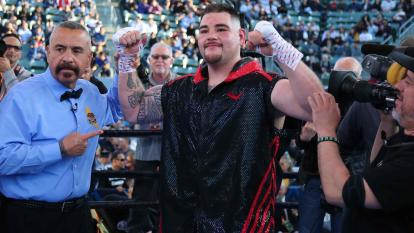
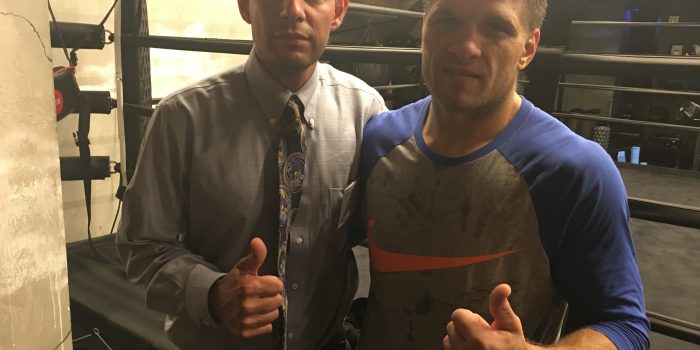
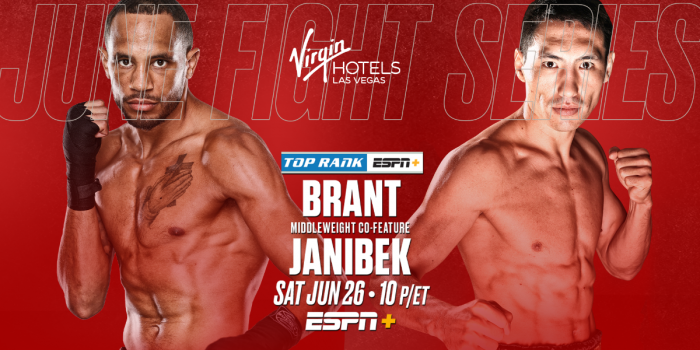
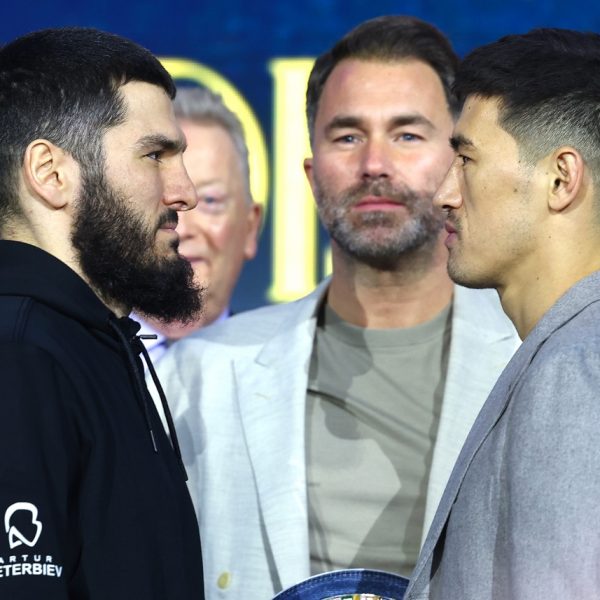
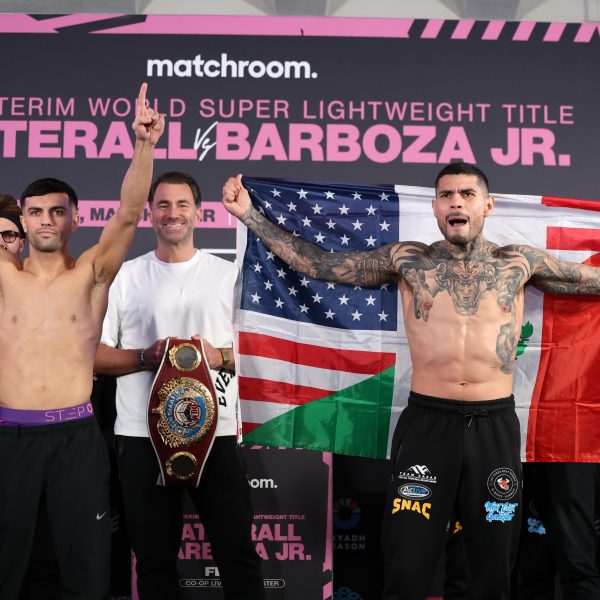
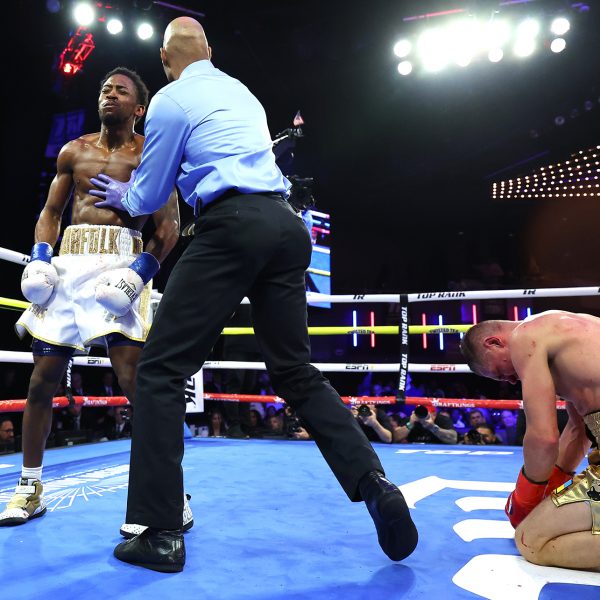


Recent Comments